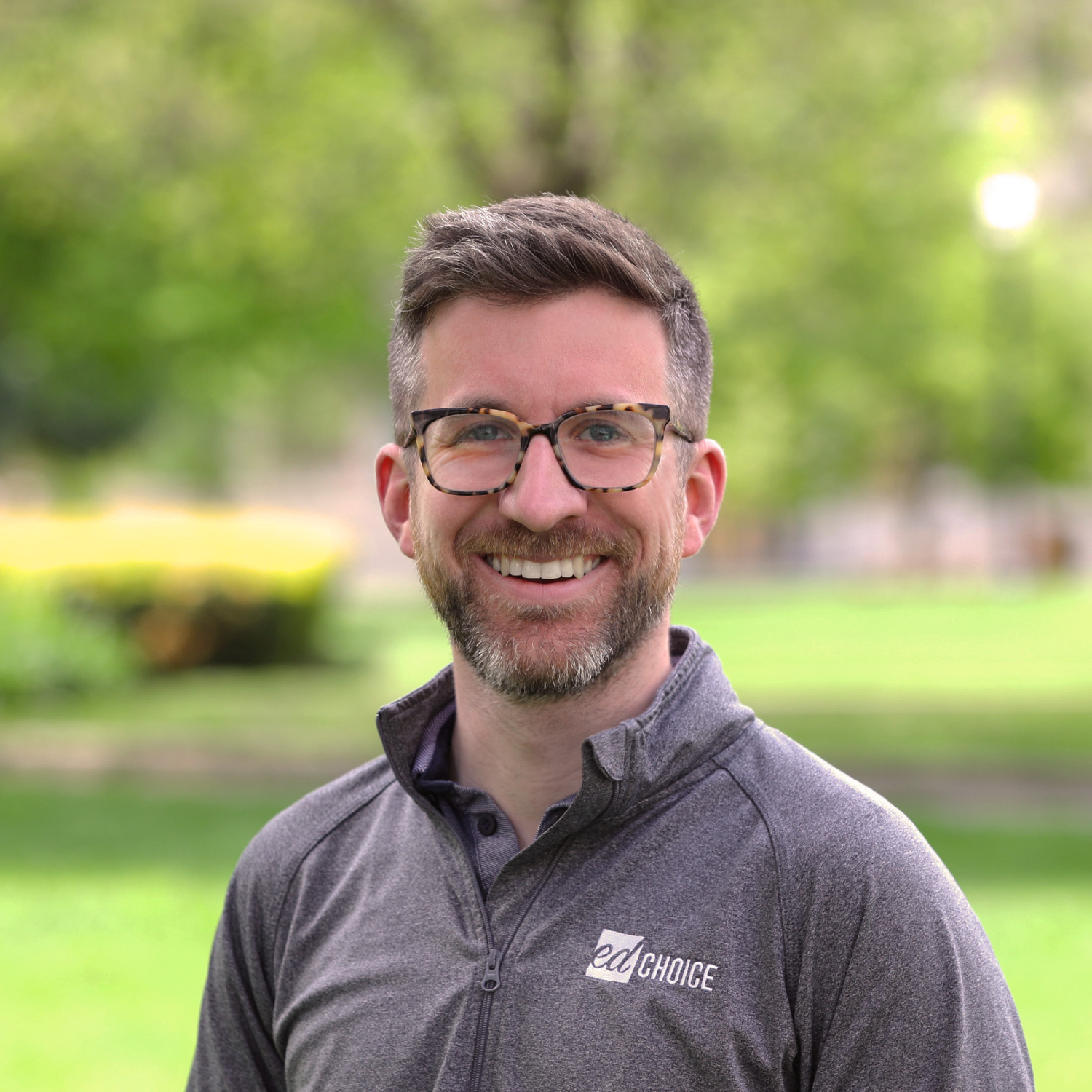Private School Profiles: How Rabun Gap-Nacoochee School is Responding to COVID-19
What do you do when you educate children from 13 states and 50 countries and a global pandemic strikes?
This is the question the Rabun Gap-Nacoochee School in Rabun Gap, Georgia, has been dealing with for more than two months now.
Before our current unpleasantness, I had never heard of this school. I really wish I had. It has both a fascinating history (started around the turn of the last century by a visionary leader focused on promoting education in one of the poorest areas of the country) and a fascinating program of study (it is one of the only schools in America to offer a “cirque” program in Cirque du Soleil-style acrobatic arts). I can’t do it justice here, but check out its website and Wikipedia page.
According to Head of School Jeff Miles, it has “one of the most complicated independent models around,” with a lower and upper school with primarily boarding students in the upper school, but primarily day students in the lower school. Throw in the international element and unique curriculum, and you have got a one-off school with few equals around the country (or world!).
Perhaps in part due to the international nature of the school, COVID-19 popped up on the school’s radar early. By mid-January the school was looking forward to spring break and deciding that international boarders should stay on campus instead of heading home. As the crisis intensified, some students from lower-risk countries decided to head home, but students from the most-affected area have stayed on campus.
The school sits on 1,400 acres in rural Georgia, and the closest town only has 1,900 people, so of all of the places to ride out a pandemic, they’re in a pretty good spot.
But keeping students on campus was about more than a cost-benefit calculation. From the first day of school, Miles emphasized that the school is a community that looks out for each other and supports each other, and so telling students, particularly those who could be heading into a far more dangerous environment than the one they are currently in, that they have 72 hours to leave (as many other schools and universities have done) is not in keeping with the school’s values.
As Miles put it, “they are welcome to stay as long as they like.”
As for the rest of the students at the school, in person classes have been canceled and instruction has moved online. Miles has learned several lessons that might be useful for other schools coping with COVID-19.
Lesson #1: Communication
The most central lesson Miles has for school going through this crisis is communicate, communicate, communicate. Like voting in Chicago, Miles recommends communicating early and often. They started communicating with parents in January, assuming that the crisis wouldn’t be as bad as it has become but laying the groundwork should it turn worse. When it did, the school ramped up communications. At the peak of the panic, Miles was communicating with all stakeholder groups every day.
As things have calmed down, communications have calmed down as well. The school is now working to identify the best portal to consolidate communications into one channel, rather than having multiple touch points between teachers, administrators, and other staff.
Lesson #2: Pick the delivery model that works for your community
Given the multiple time zones that their students have now spread across, synchronous learning was not in the cards. But even if it was, Miles was skeptical that it would be the best model for his school. With working parents and limited student attention spans, plopping students in front of video conference calls does not seem to be the best mode of instruction.
Self-paced instruction is best for them. Students at the school receive weekly lessons that they turn in by Sunday night. They receive a new lesson set on Monday morning. Teachers are preparing videos, organizing resources, and distributing them amongst their students. The usual academic supports are available to students, albeit in digital form, with teachers holding virtual office hours and the math and writing support labs open virtually for eight hours each day.
While the best fit for the school, this transition has been hard on teachers. As Miles put it, “If you’re a teacher that has taught for 15 years, its like you’re starting over again.” It is lot of work to stand up these digital resources and has forced teachers to throw out all of their usual lessons for new, online-ready lessons. That is both a shift in strategy and a new pile of work to do.
Looking forward
Like all of the leaders I have spoken to, Miles is also worried about the future. Some of his worries are unique to his school, like concerns around visas for international students that could be delayed because of the coronavirus. The school also has robust summer programs that fill seven dorms with children and represent a serious revenue stream for the school. Will those need to be cancelled?
And even after summer, Miles said, “August worries me.” Should the economy still see anything like 30 percent unemployment, what does that mean for fundraising and the ability of families to find money for tuition. Will sports be cancelled? All of these represent serious looming risks.
While the Rabun Gap-Nacoochee School has some unique problems that other schools might not be able to identify with, the general need to protect students, communicate with families, transition to online learning, and plan for the future is something every school is dealing with right now. Only time will tell the severity of the coronavirus’s impact on the health of the school and the private schooling sector. Here’s hoping that thoughtful leaders can help schools navigate these challenging times.




